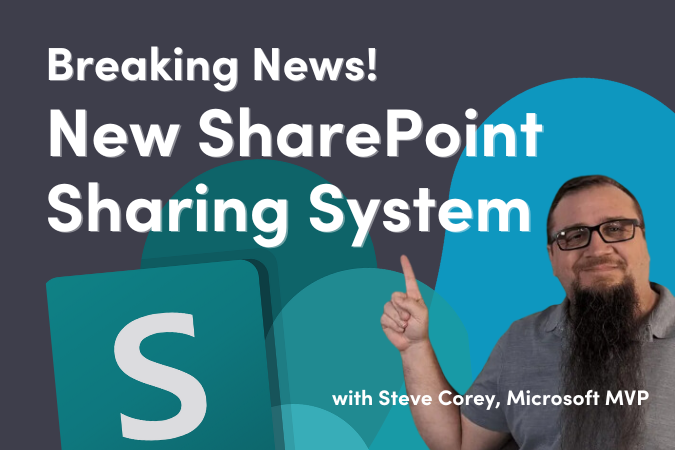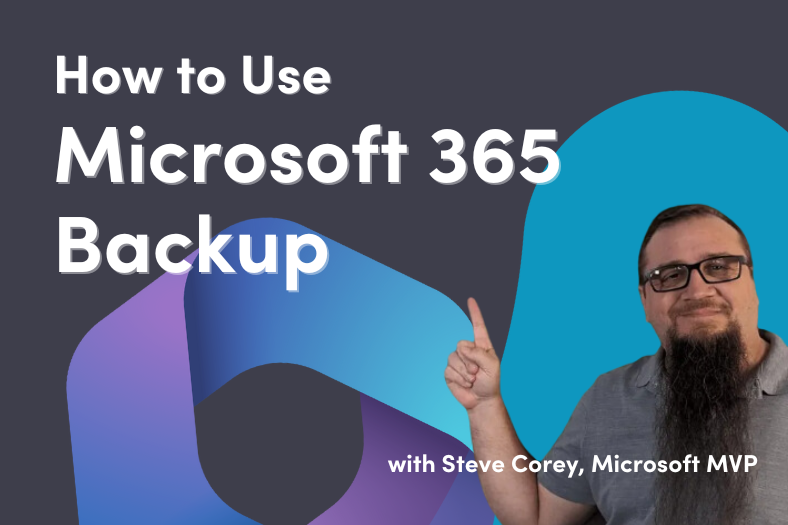Over the last two parts of my series on tenant to tenant migrations, I’ve covered what happens before and during a migration. In this article, we’ll look at what to consider after a migration.
Common Post-Migration Challenges
Like a couple moving in together, a tenant to tenant migration can be exciting, but it’s also challenging. The combined furniture might not match well. The layout of a room might be different than it was before. Getting used to the new environment can take some time and it doesn’t always go smoothly.
Hiccups can occur after a tenant to tenant migration.
For example, sometimes not everything properly ports over in a user’s profile. The signatures, rules, and autocompletes might break during migration. An autocomplete might point back to the old system, which can cause frustration and confusion for the user. While it’s fixable, it’s an example of something that might not be considered from the outset, which is why it’s so important to work with an experienced partner like Quisitive throughout the entire process.
On top of communicating change is enabling learning for the newly migrated users. If they are receiving new applications or tools, they need to understand their functions, usage, and benefits through dedicated training in order to effectively make use of them.
Regardless of how smooth a migration such as this goes, skipping the change management step can cause chaos, frustration, and employee dissatisfaction. It’s as important as any other element of the migration process.
Tenant to Tenant Migrations for Divestitures
If a tenant to tenant migration, due to a merger or an acquisition, can be likened to a couple moving in together, a divestiture can similarly be compared to a divorce. It doesn’t mean that it’s acrimonious or unhappy, but complications can arise when splitting up an organization into two entities. The fact is, it’s often easier to move one tenant into another than it is to separate one.
Why? For a number of reasons.
First, both organizations, regardless of how long they have been inhabiting the same tenant, likely use shared data and shared databases. Like a divorce, when books are divided based on whose name is written inside the front cover, a divestiture requires close scrutiny on what belongs where.
For example, to accurately separate data, close inspection is required on which organization is using what. This often comes down to inspecting databases, applications, and even specific tables.
The trick, when it comes to divestiture, is knowing how to divide these assets while trying not to negatively impact the users left behind when it comes to productivity, activity, and usage. The fact is, while it’s critical to try to minimize the impact on end-users as much as possible, there is the potential for greater impact on users during a divestiture than during a tenant to tenant migration.
To mitigate these risks, we take all of these factors into consideration during the assessment phase of our engagement. Like with a tenant to tenant migration, we conduct a deep assessment for a divestiture scenario to ensure that a migration out of a tenant is as successful as a migration into one. We look at an organization’s assets, usage, and activity with objectivity and a data-based approach in order to provide the best possible recommendation to the client.
While a tenant to tenant migration –– or emigration, in the case of a divestiture –– is a complex process, using the right partner can ease the journey. At Quisitive, we’re well versed in the processes, tools, and strategies for guiding organizations through this journey. We have the experience, expertise, and knowledge to help make any tenant to tenant migration a success.
Want to learn more? Click here to explore our On-Ramp to Microsoft 365: Tenant to Tenant Migration program.

;)



